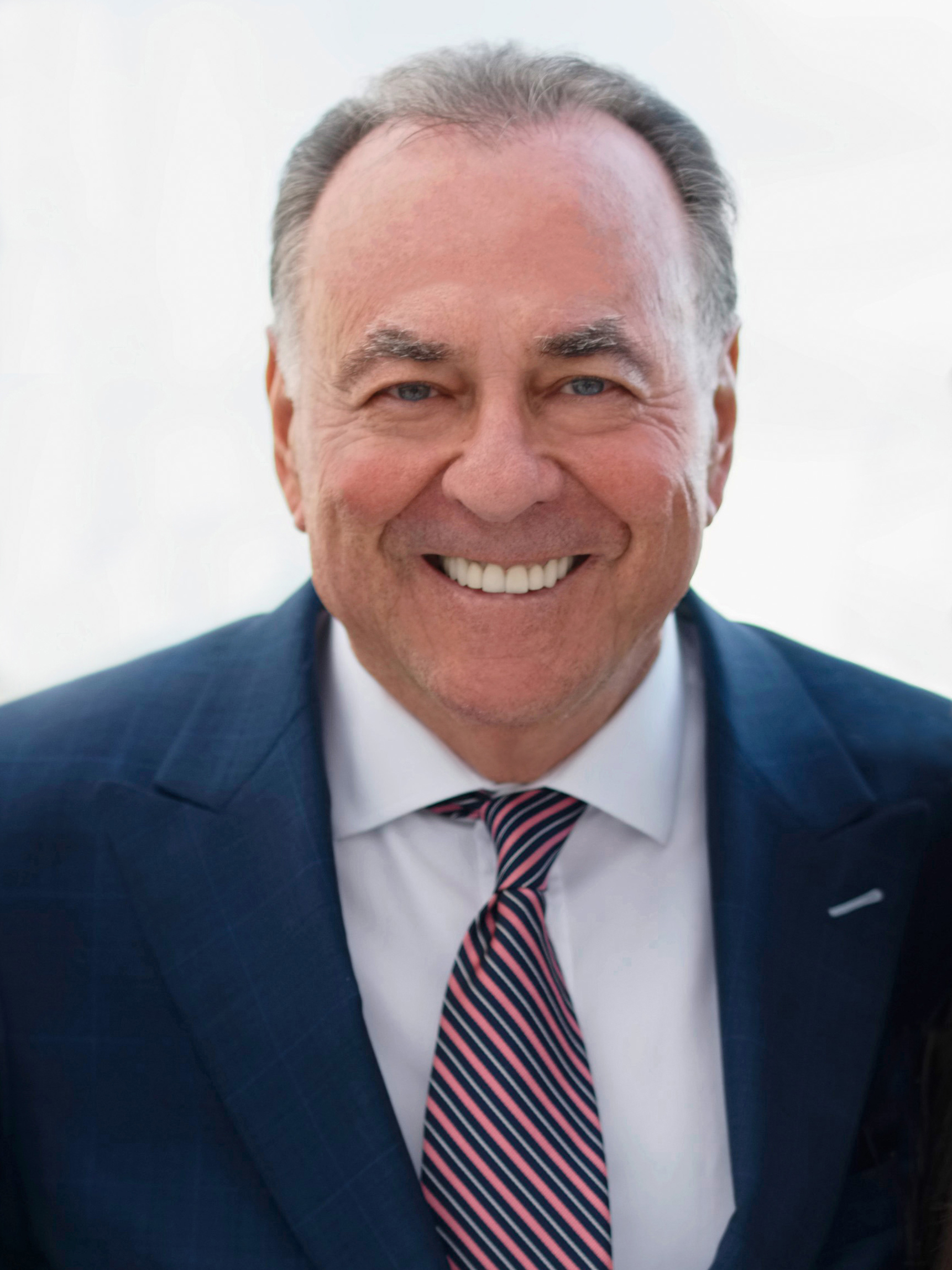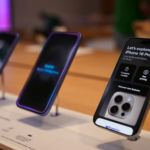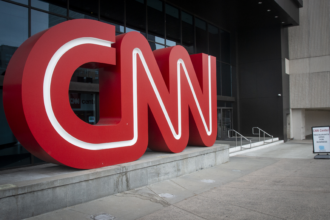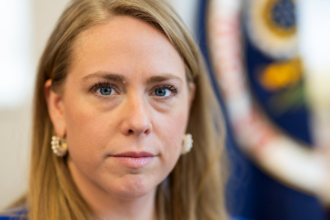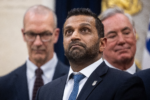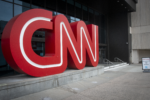Most books by real estate executives, even legendary ones, tend to be tedious affairs of interest mainly to their families and friends. That’s not the case with “From the Bronx to the Boardroom: Lessons from a Life in Commercial Real Estate” by CBRE global brokerage head Stephen B. Siegel. (Regalo Press.)
The sparkling memoir, written with Laura Rowley, is an anecdotal romp through Siegel’s dealmaking career.
The amusing and sometimes emotional episodes play out against the backdrop of the commercial brokerage world’s evolution from the days when a desktop “wheel the size of a gristmill” contained cards on “every building in New York” to the 21 Century’s computerized data bases.

Siegel, 80, relates a colorful Bronx boyhood when bullies made him feel like “the skinny kid who got sand kicked in his face” until he learned to fight back (he still has a scar on his hand from when he broke a window while bloodying his opponent’s nose).
He started at Cushman & Wakefield at age 17 and went on to eventually become its CEO.
He was later lured by his friend Edward S. Gordon to his powerful brokerage ESG, which later merged with Insignia and evolved into today’s global powerhouse CBRE.
Along the way, Siegel negotiated game-changing leases and property sales Downtown, in Times Square and Hudson Yards, and for clients including Related Companies, Vornado and Larry Silverstein.
He writes of Donald Trump, for whom Siegel negotiated a huge Gucci lease at Trump Tower, “He believed everything he said . . . ‘The Apprentice’ was number one in the ratings, when it was number fifty. But none of it was deceptive to him; in his mind, it was the truth.”
As Siegel learned the global ropes, he made a few cultural faux pax. He twice offended Hong Kong clients with inappropriate gifts — a Tiffany clock that suggested “time running out” to an aging landlord and five pizzas at a meeting where they were regarded as an insult to Chinese food. Remarkably, he got the deal done each time.

Siegel movingly recounts his engineer wife Wendy’s 2011 diagnosis of acute myeloid leukemia, an ordeal that included stem cell and lung transplants and repeated hospitalizations — none of which has dimmed her zeal for life.
He brings to life characters from David Rockefeller, who bought a big chunk of Cushman, to Paul McCartney whom he encountered on a Lexington Avenue sidewalk.
But the book’s main character is New York City, “which always comes back” from crises and where “even the most severe disruption is temporary.”

